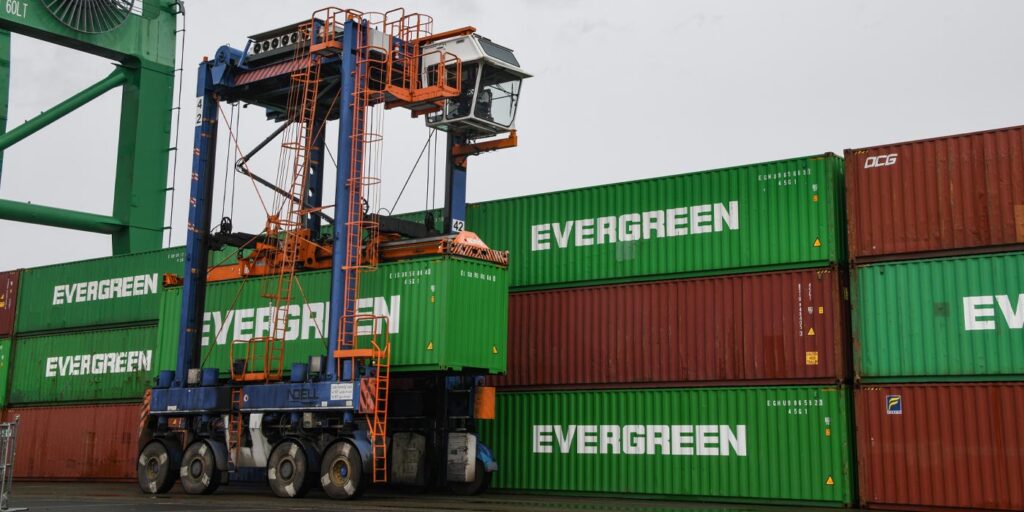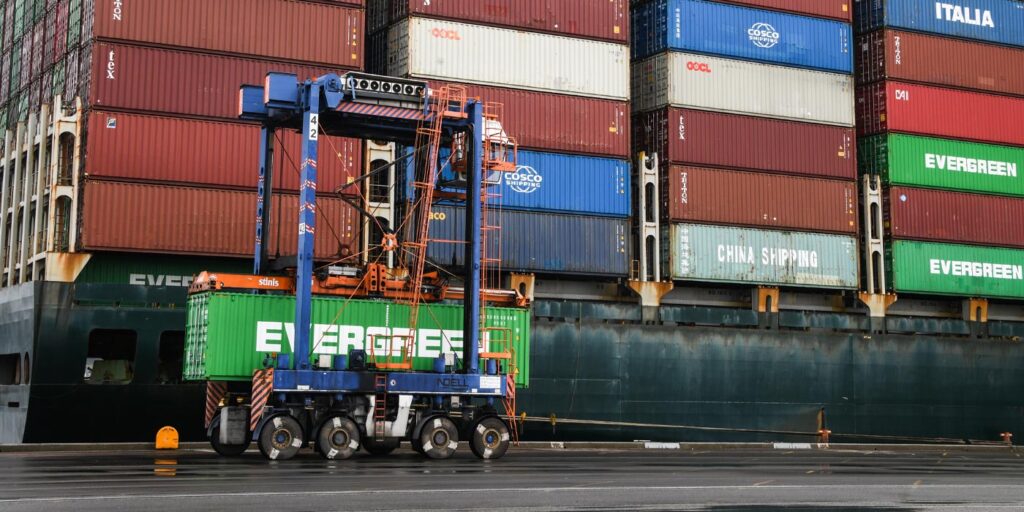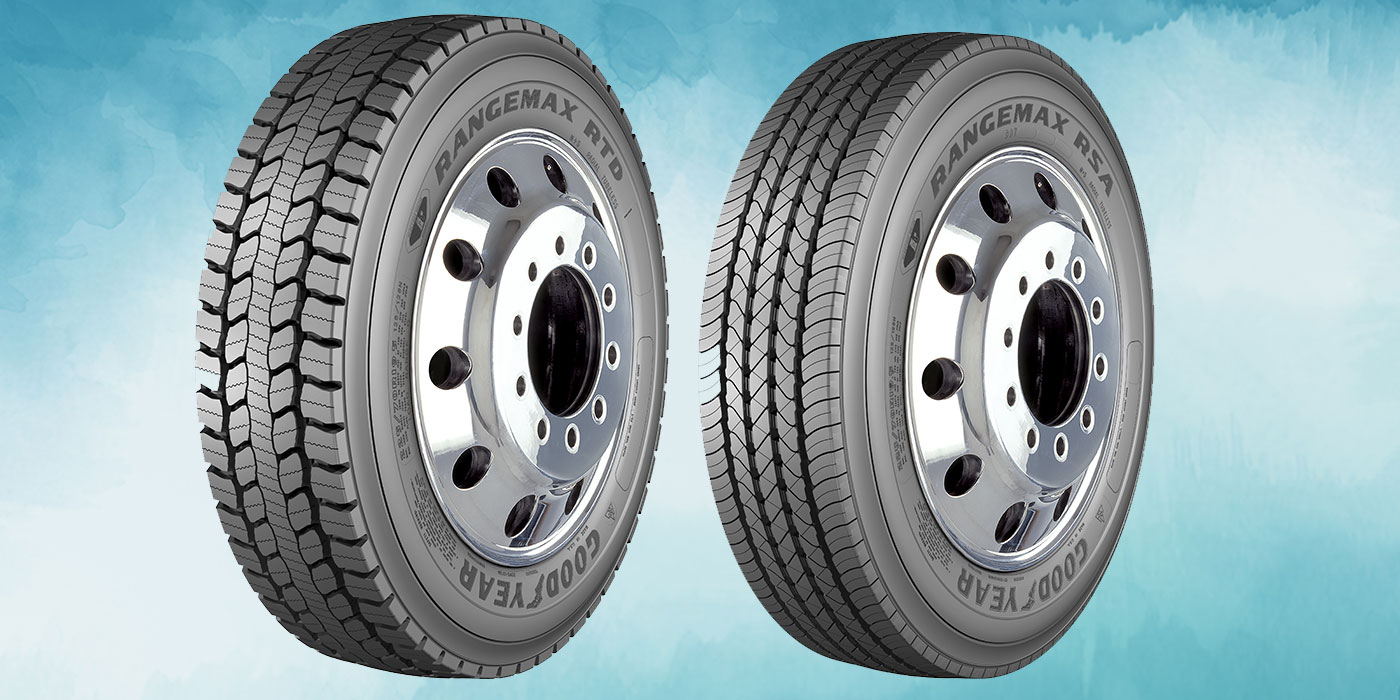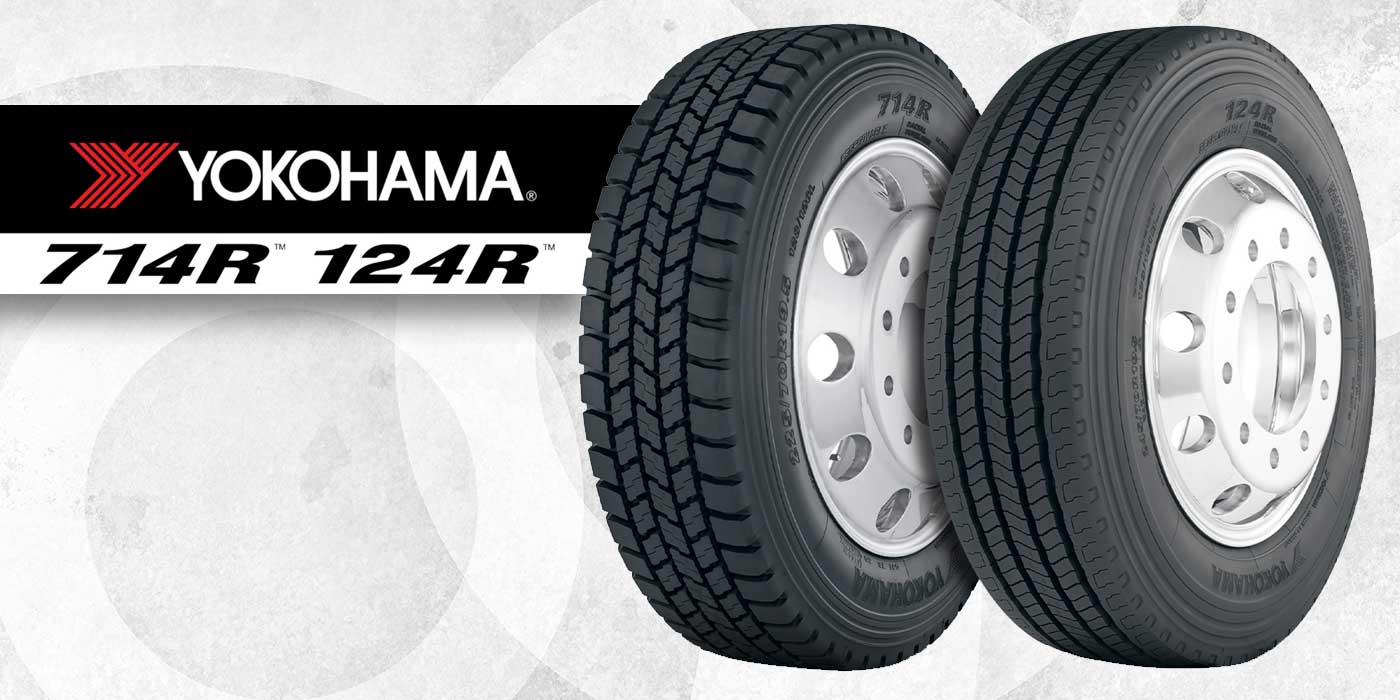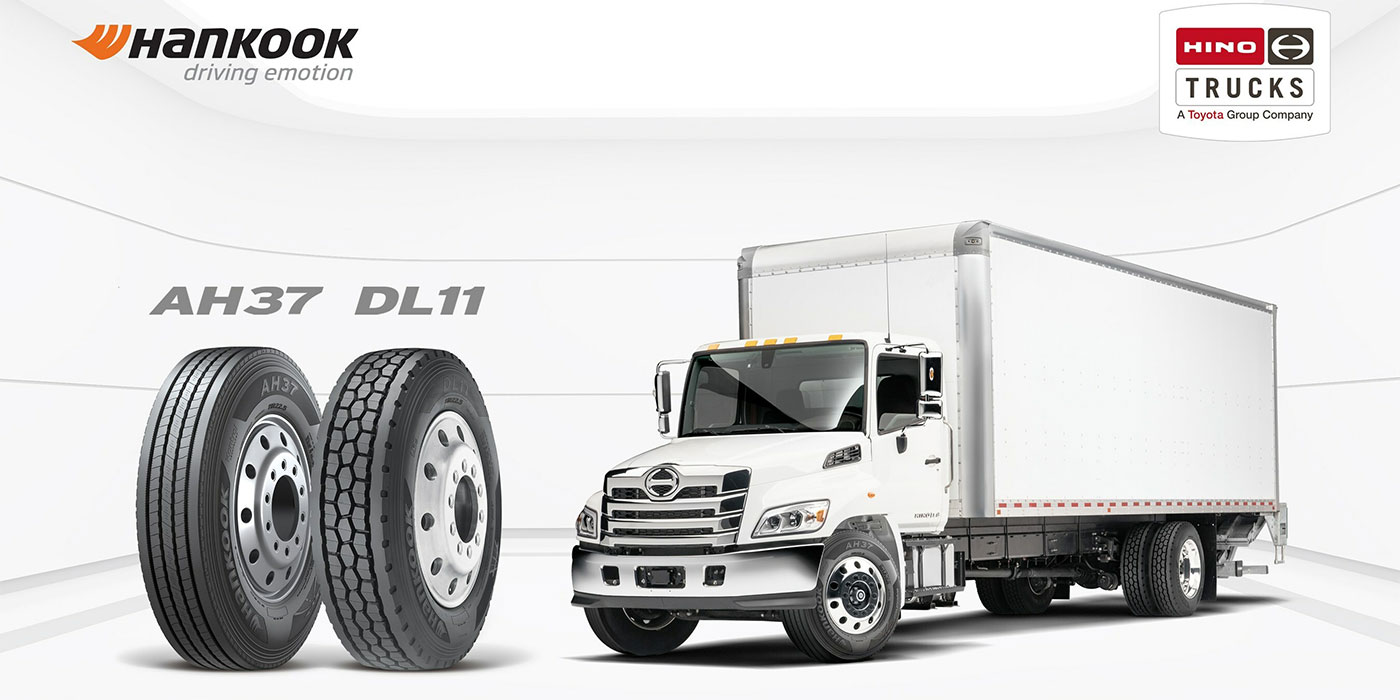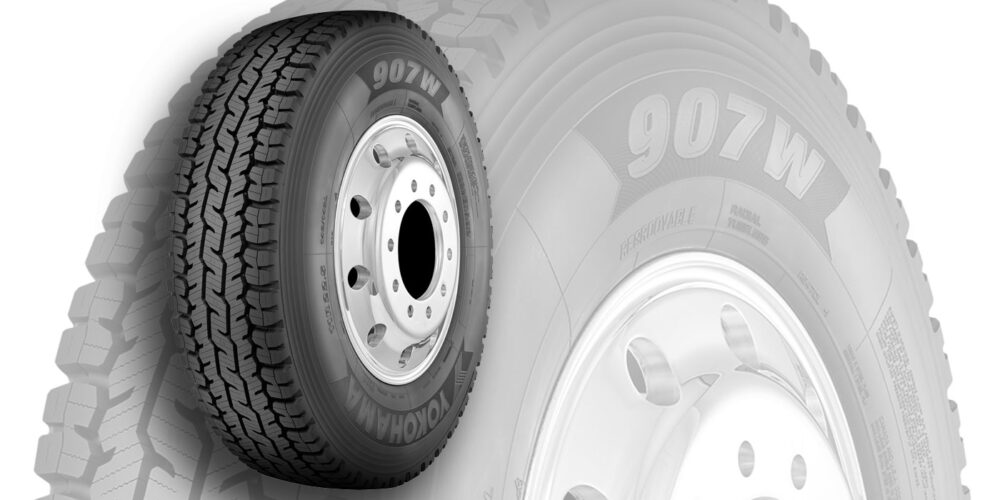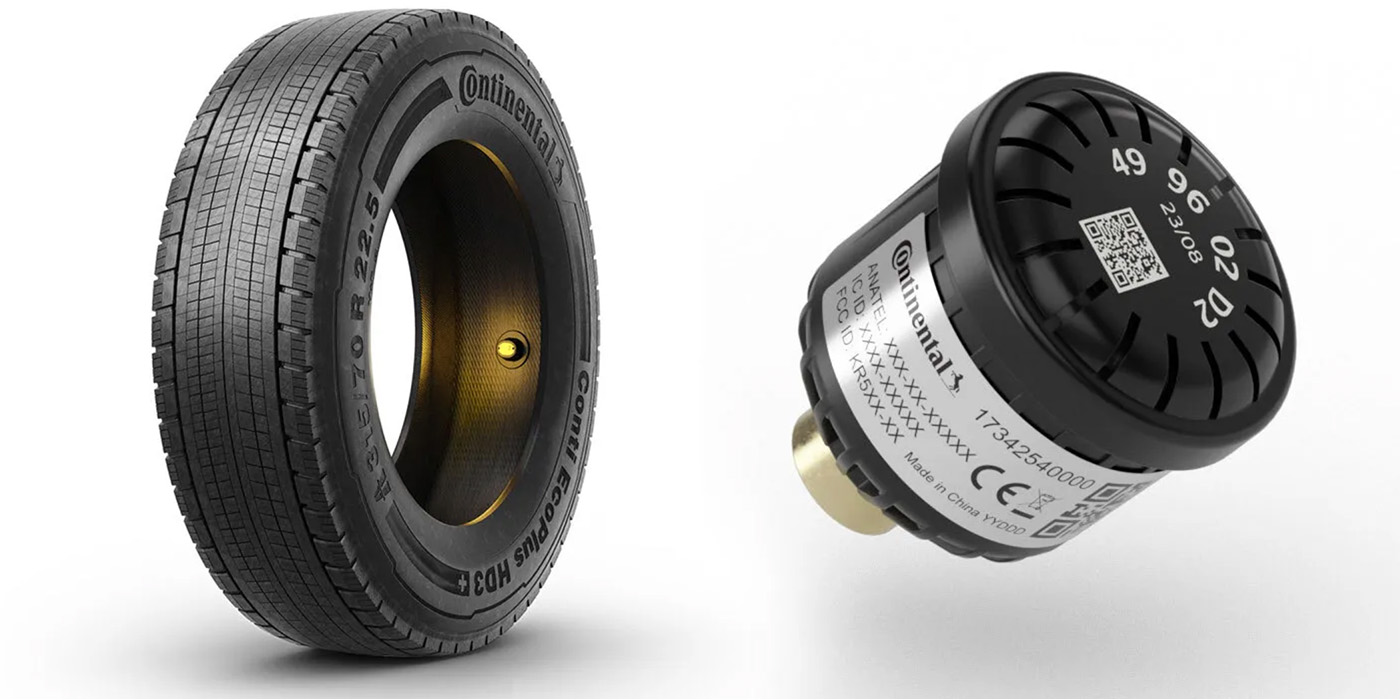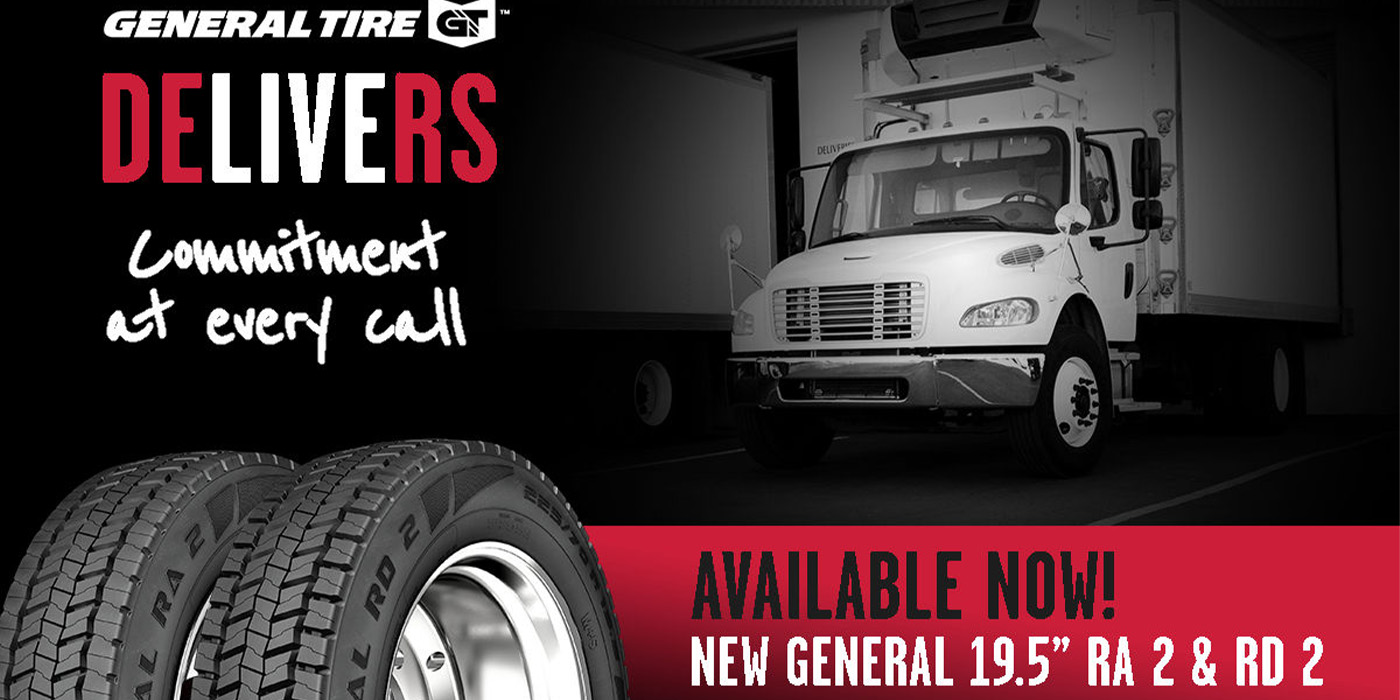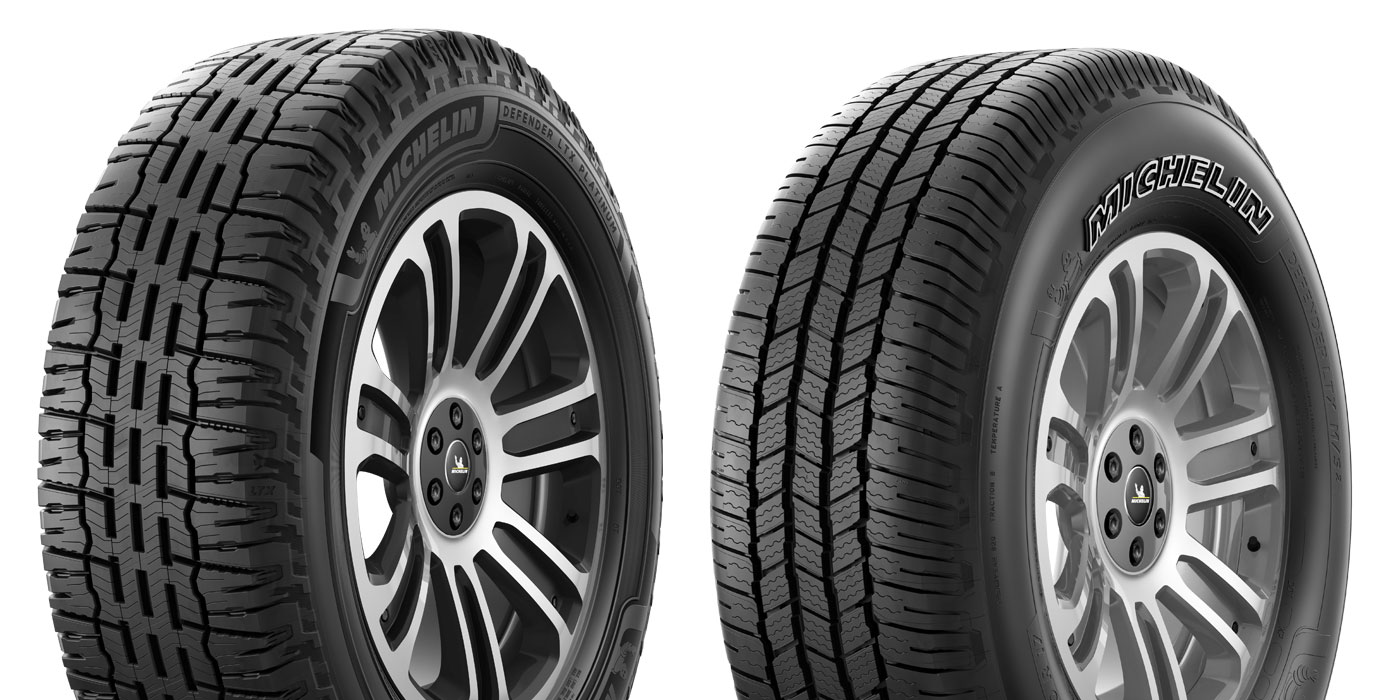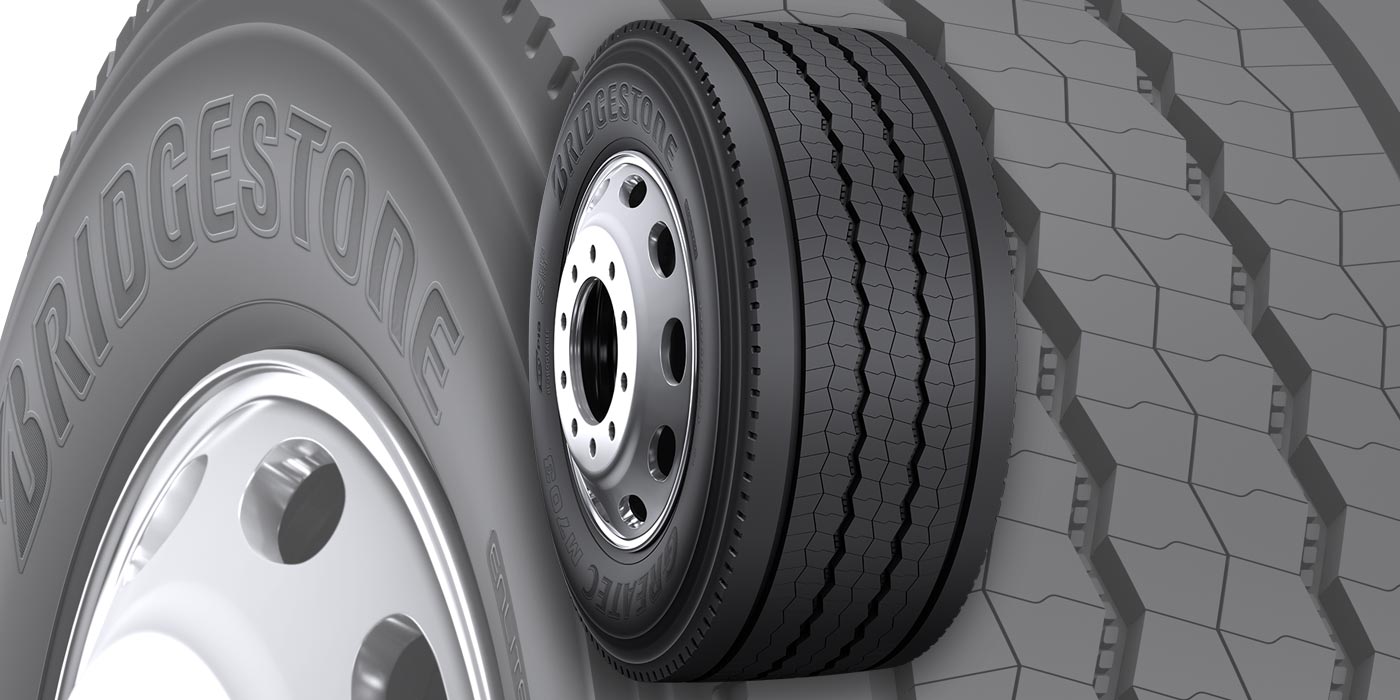Scurrying around the Pierce County Terminal in Tacoma, Washington—serviced by Everport Terminal Services—at 18 miles per hour, dozens of Noell straddle carriers look like massive ants, each carrying a 40-foot-long cargo container between its spindly steel legs. At ground level, 42 feet below the operator’s suspended cab, each of a carrier’s eight wheels is capable of steering, allowing the machine to execute tight turns and precise maneuvers as it shuttles containers between flatbed railcars and a waiting freighter.
Straddle carriers are extremely tough on tires, notes Ed Cornish, maintenance and repair manager for Everport in Tacoma. He and his team are responsible for 50 of the machines, which allow Everport to handle as many as 250,000 containers per year at the nation’s ninth-largest destination for container freight.
One of the biggest challenges is lateral force, Cornish explains, which frequently strains sidewalls to cracking. Fully loaded with two containers, a straddle carrier can carry up to 50 metric tons. When the machines turn, he says, “you’ll see that sidewall flex—the bulge on one side and the push on the other—it’s a ton of force.”
Meanwhile, heavy loads and sharp turns also grind away at tires all day long, and long shifts heat the tires until they are too hot to touch. During the summer, hot pavement speeds the heating process.
In short, the port industry is not the place to go shopping for a bargain tire.
“When I look at tires, I don’t start at price, I start at quality,” he says. “First, it’s safety. Then we’re constantly looking at the sidewalls because we’re not wanting a tire with a stiff sidewall. We look at tread and tread life. Then we look at price.”
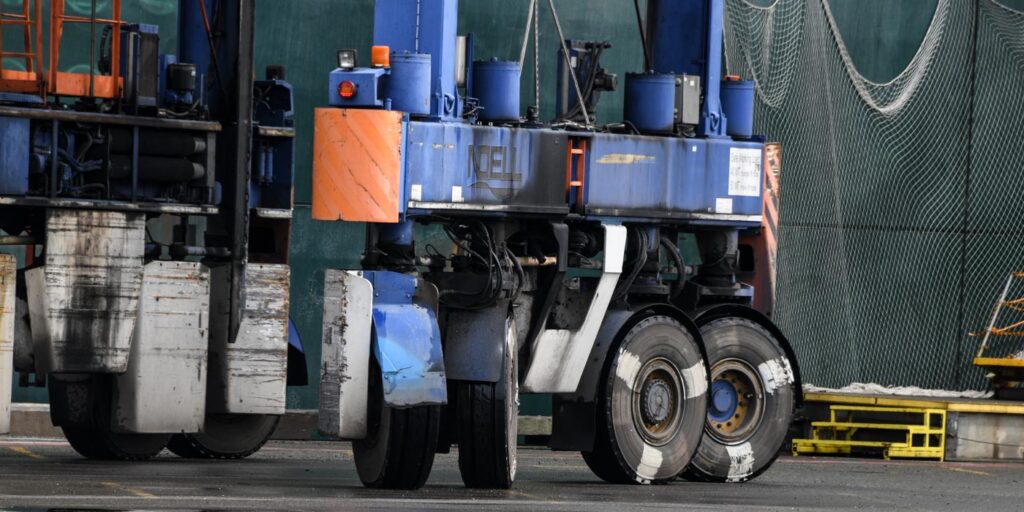
Same size, better technology
Shipping containers have remained largely unchanged since the 1960s, so most of the equipment to move them—and the tires they ride on—have been dominated by the 18.00-25 size for decades, notes John “JB” Boysen, industrial products manager for Yokohama Off-Highway Tires America, Inc. He notes that the push to make better use of existing port facilities has led to some larger reach stackers that can pile the “cans” five or six high and need 18.00-33 tires.
Despite the consistency in sizes over the years, the tire industry has steadily improved port tires.
“Port customers are always looking to extend the life of their tires,” Boysen notes. “Any tire that can help them lower their cost per hour grabs their attention. A lot of it comes down to durability and stability. It’s a very rough-and-tumble environment, and they don’t have a lot of time to spend with tire maintenance.”
Tread patterns and compound chemistry have seen major improvements, he adds. Sidewall construction—in a constant search for stability—is another focus in the port tire business. Make that a double for straddle carriers.
“These are machines that are tall and heavy, and the operator is so far off the ground, so when sidewalls don’t provide enough stability, the machine can sway,” Boysen explains. “Also, when they lower that spreader to pick up a container, they want to be right on target and not waiting for the clamps to stop swaying back and forth. That goes straight to productivity. We see the same thing on reach stackers—they want to be able to just put the container down exactly on target and get to the next one. Swaying and instability slows them down.”
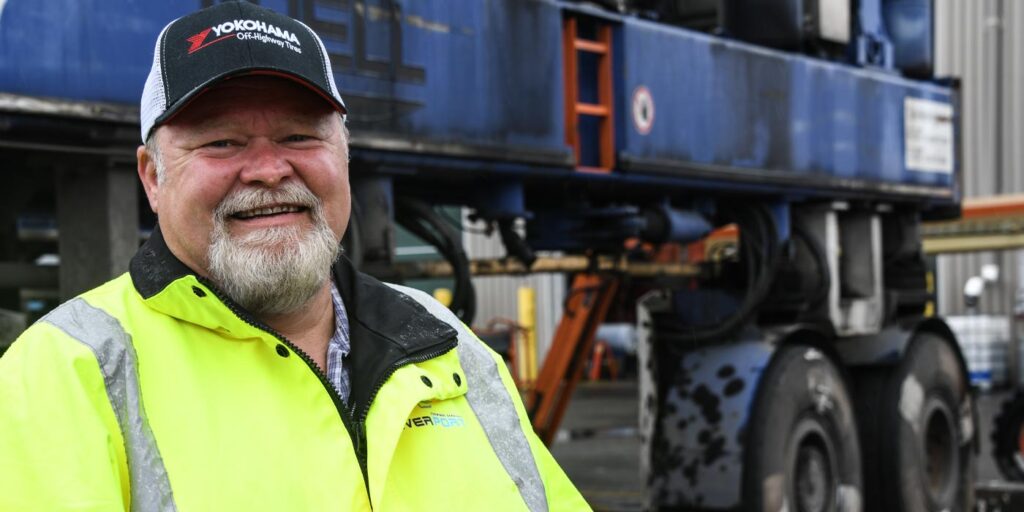
Growing demand for port tires
The container handling industry is currently facing massive pressure. The economic rebound after two years of pandemic lockdown jolted global trade into overdrive. Ships are backed up around the world as crews scramble to load and unload them. Finally, container handling equipment sales are projected to grow by as much as 4.5% per year through 2031 as ports expand and cargo handling companies gear up to meet stricter guidelines on emissions in the shipping industry.
In short, finding tires—especially tires that can handle nearly non-stop work and keep up with the trend toward heavier, faster container handling equipment—is a high priority for Cornish and his counterparts around the world.
Safety, safety, safety
Performance is vital for a straddle carrier tire, or for the smooth tires used in side-lift and top-lift container handlers, which are giant telehandlers. But nothing trumps safety.
“When I go out and purchase tires, number one is safety, safety, safety,” Cornish says. “A tire running 145 pounds of pressure, if it fails, will take the side out of a container and everything in between. We’ve seen it happen and it’s not a pretty picture.”
In fact, workers will refuse to operate machinery equipped with tires they believe are unsafe, Cornish points out. Failure is—literally—not an option.
Tough trial for new tire
In August 2020, Yokohama Off-Highway Tires America approached Cornish to test the company’s new 16.00R25 Yokohama RR42 straddle carrier tire. Cornish was happy with his current tires but agreed to host the trial. Cornish put eight of the RR42s on a straddle carrier working the railyard—the toughest test in the terminal.
“You’re going from concrete to asphalt and across the steel track,” Cornish explains. “You’ve got different heights, 4 inches from one surface to another. And we have some tracks where you’re coming out and doing a 180-degree turn, so the tires are grinding. Sometimes in those turns, you’ve got half of the tires on concrete and half the tires on asphalt. Our strad tires for the rail equipment usually have about one-third less life.”
Cornish’s condition for the trial was that it had to last at least 18 months so he could track not only tread wear, but also sidewall condition, over more than half of the tires’ life.
Advances in tire materials and construction can go straight to the bottom line. By May 2022, Cornish said his Yokohama test tires were on track to deliver 3,200 to 4,000 hours of service. His usual calculations assume that straddle carrier tires typically last 2,800 to 3,500 hours. Longer-running tires could change the math on his budgets, reducing his tire cost per hour by about 25%.
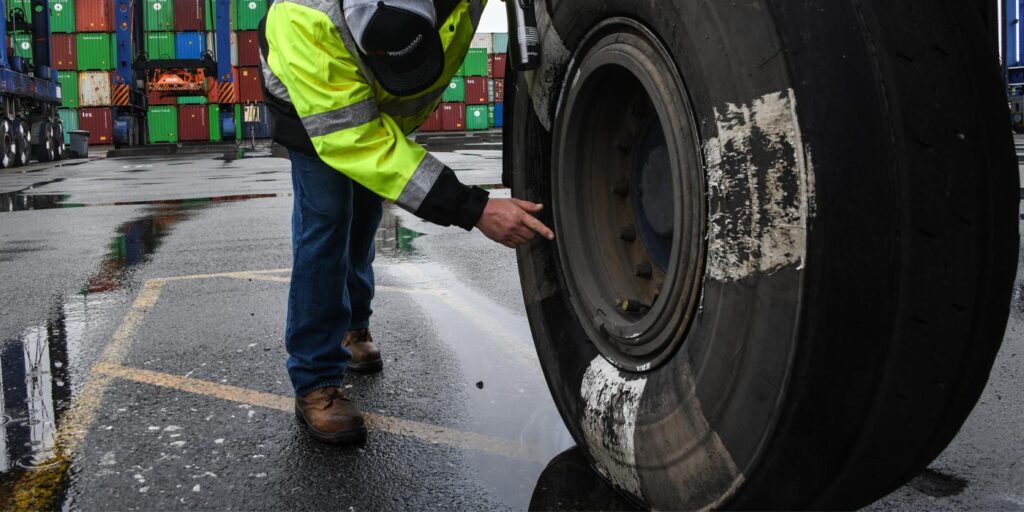
Yokohama Off-Highway Tires America district manager Dale Draper says his company developed the RR42 to make that service life as long as possible in tough port working conditions around the world.
“We designed the RR42 with enough flexibility in the sidewall and strength in the hexagonal bead to withstand the huge forces these straddle carriers put on their tires,” Draper explains. “You can spot these tires a mile away because they have two deep grooves that run the circumference of the tire to minimize vibration and reduce tread wear. And we put in several features to help with heat dissipation, including diagonal heat-dissipating grooves, indents along the shoulder, and all-steel radial construction. Finally, we have a 100-year history as a leader in compound chemistry, which we tapped into to create compounds that could resist wear and extreme heat.”
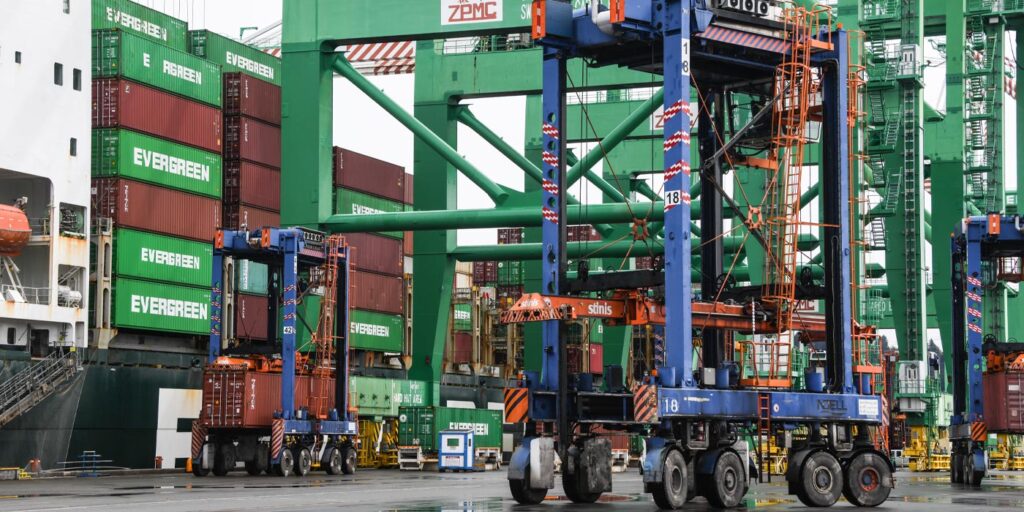
Listening for feedback
Since the summer of 2020, Cornish has spent nearly two years listening for feedback on the new tire design, particularly its unique tread. One piece of feedback surprised him and the Yokohama team.
“The mechanics that work on these tires are much happier with them because they’re easier to handle due to the grooves in the treads,” he notes.
Yokohama designed the deep grooves to improve ride quality and wear on the RR42, but it turned out that on a tire that weighs nearly 600 pounds, a built-in handhold is a real bonus for the people who rotate and service them.
Steve Werblow is an Oregon-based writer/photographer. He has worked with Yokohama Off-Highway Tires America, Inc. for years, covering tires in agriculture, forestry and a wide range of other industries.

